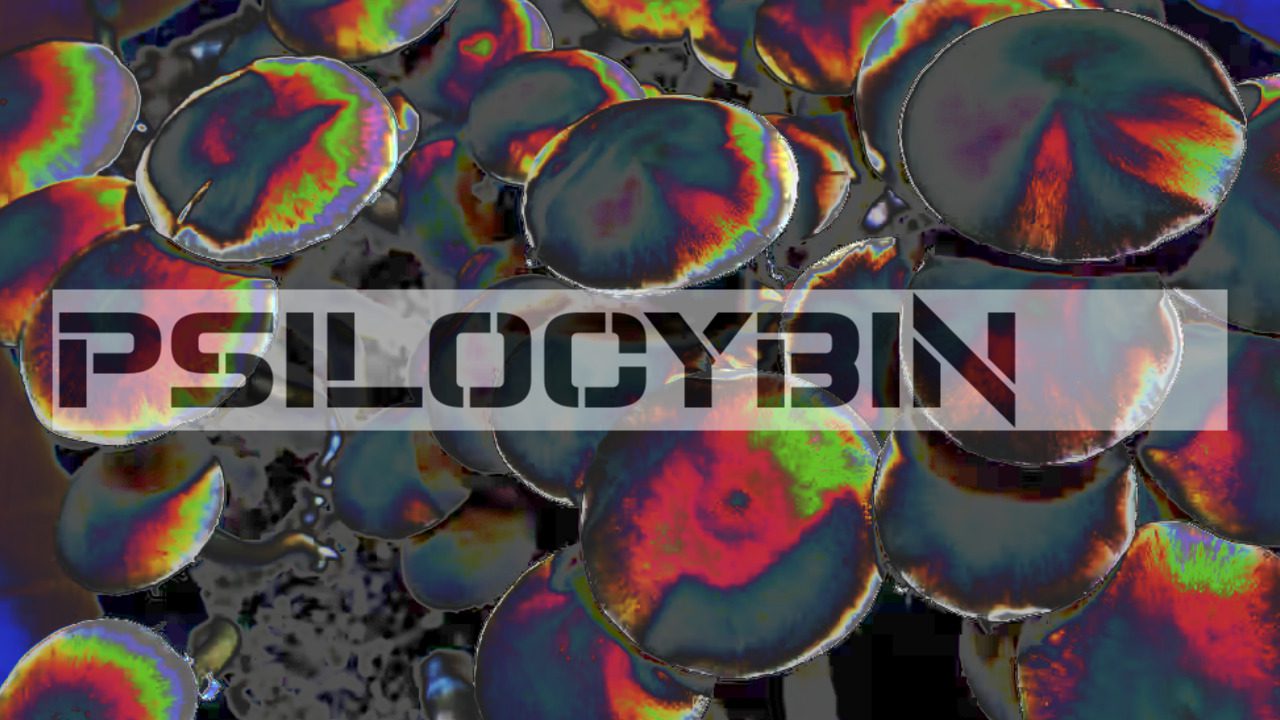hemp

Hemp is a separate strain of cannabis, grown for its industrial uses as opposed to a psychoactive substance. Hemp is defined as cannabis with less that 0.3% THC occurring naturally.
History of Hemp
Hemp is fast-growing and hardy. It is arguably one of the earliest cultivated plants in human history, with evidence of cultivation dating to at least 8000 BC. It was one of the first plants to be spun into usable fiber for textiles and rope, starting 10,000 years ago. Hemp was known and used in the Neolithic period, across modern Europe and Asia, but it doesn’t show up in the Western Hemisphere until about the Iron Age. The Spaniards were the first to bring hemp to the Americas, cultivating it in Chile starting around 1545.
Hemp was widely known in the United States by the time of its founding and George Washington advocated it as a cash crop. Other US presidents who cultivated hemp include Thomas Jefferson, James Madison, James Monroe, and Andrew Jackson. Hemp production made up a significant portion of the economy in the colonial period of the SouthWest US. Hemp was such a staple of US agriculture that it was actually depicted on money:

The farmer in the lower left on the reverse is plowing a hemp crop in Pennsylvania. Not only that, 1914 $10 Federal Reserve Notes – the first of their kind – were printed on hemp paper.
So ingrained was hemp in early United States agriculture that some locations still bear evidence, such as the unincorporated community Hempfield located in Lancaster County, Pennsylvania.
Prohibition of hemp began with the Marihuana Tax Act of 1937, curtailing the progress of hemp cultivation until the 2014 and 2018 Hemp Farm Bills signed by presidents Barrack Obama and Donald Trump, returning the United States to legally cultivating hemp.

Industrial Uses of Hemp
Simply as a fibrous plant, hemp is an excellent textile crop, able to be spun into string, rope, and cloth. Hemp has been used throughout history to make products including:
- Clothing and apparel
- Shoes
- Sails for ships; the word “canvas” derives from the root word “cannabis”
- Rope and cordage
- Building materials, including pressed particle board, insulation, or mixing it with water to make “hempcrete”
- Paper
- Soap, using the fatty oils
- Fertilizers and mulch
- Biofuel

In addition, hemp is edible and can be used as a base for protein powder. Hemp can also be distilled into a biofuel. When processed, hemp can form part of plastics and other pliable materials. As a crop, hemp is one of the most environmentally friendly plants known to man, since it has a little environmental impact, grows naturally fast, smothers out weeds, and is 100% biodegradable.
Hemp Oil
Hemp oil is mostly known for its abundant content of CBD, broadly touted for its medicinal properties. CBD is currently marketed in a wide variety of products, from cosmetics to bath bombs to therapeutic candy to prescription drugs. While there is currently a bit too much hype about CBD as a “wonder drug,” with some quackery entering the culture, the fact of some of its therapeutic and medicinal benefits are well-established.
Hemp is not the same thing as Cannabis!
Hemp is only a strain of cannabis Sativa bred specifically to not contain THC, the psychoactive cannabinoid in regular cannabis that produces the high sensation. As such, it is legalized and regulated separately from regular cannabis. In fact, confusion between the two has resulted in a lot of lost opportunities due to needlessly restrictive laws prohibiting hemp for the effects of its pharmacological cousin.

